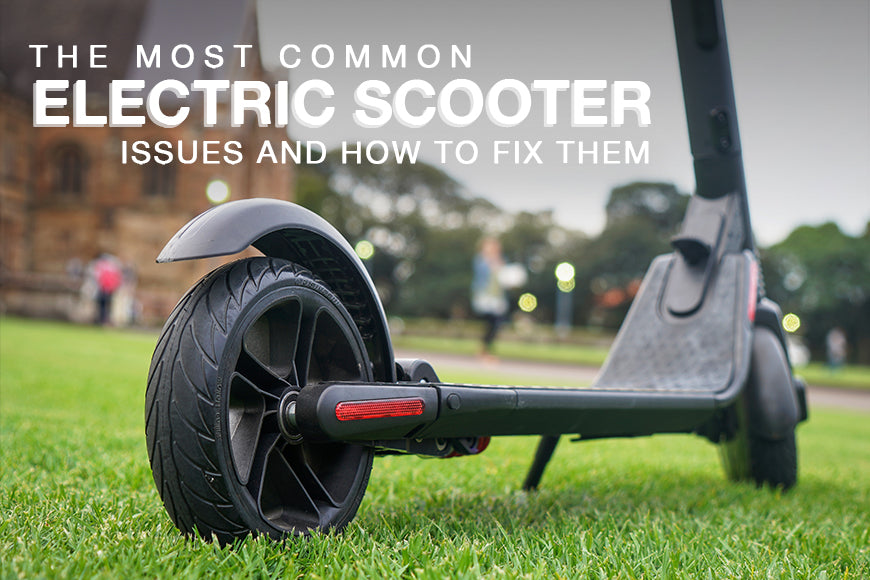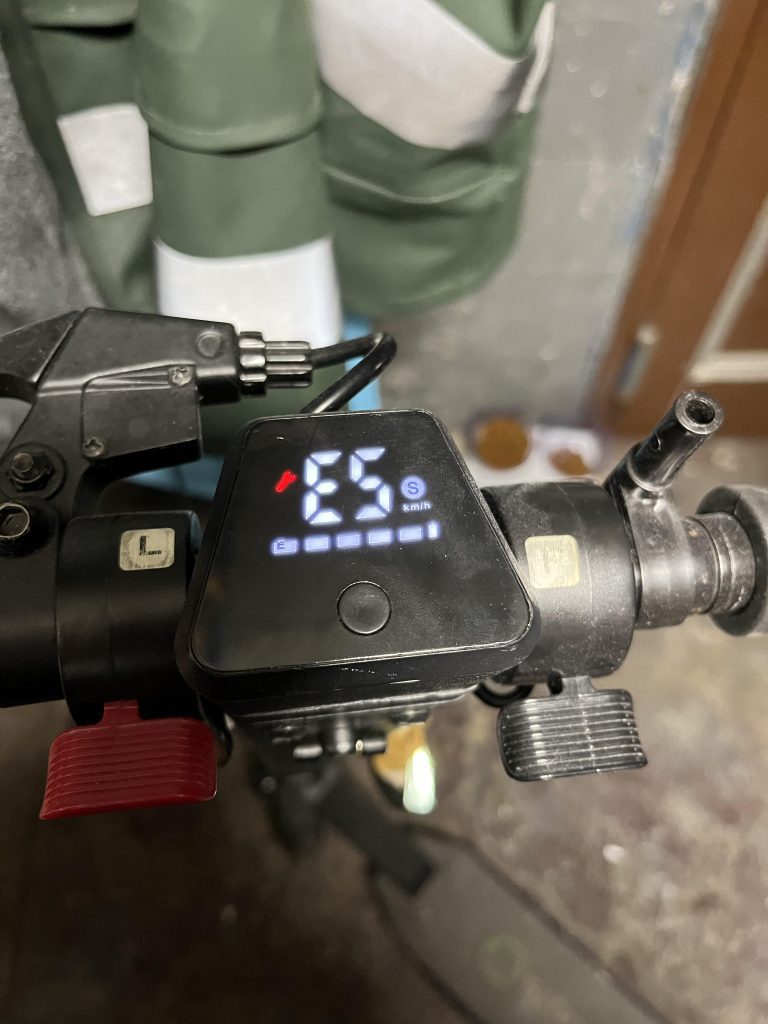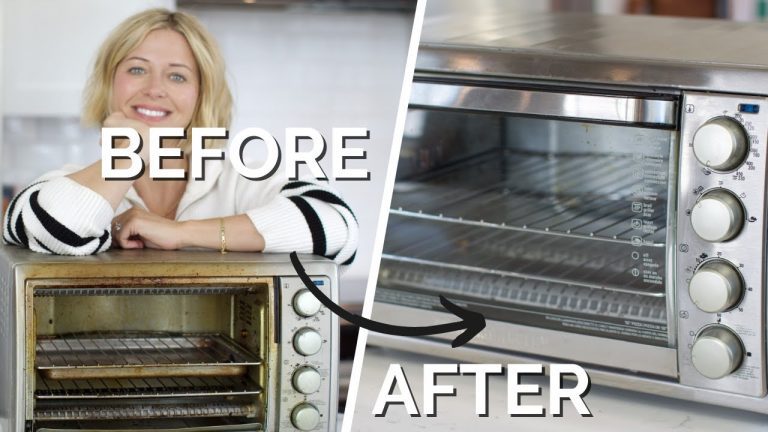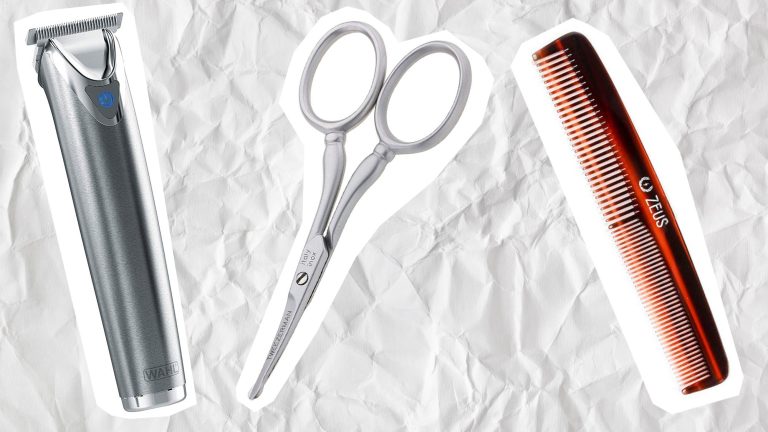How to Fix an Electric Scooter: Quick Repair Tips

To fix an electric scooter, first identify the issue and then follow the manufacturer’s troubleshooting guide. Common problems include battery, motor, or wiring issues.
Electric scooters are convenient and eco-friendly transportation options. They can sometimes face problems requiring quick fixes. Identifying the issue is crucial for effective repair. Common issues include battery malfunctions, motor problems, and wiring faults. Addressing these problems involves basic troubleshooting steps.
Checking the battery charge, inspecting the motor, and examining the wiring connections can resolve most issues. Regular maintenance ensures smooth operation and extends the scooter’s lifespan. Always refer to the manufacturer’s guide for specific instructions. Proper care and timely repairs keep your electric scooter running efficiently.
Identifying Common Electric Scooter Issues
Battery problems are common in electric scooters. Sometimes, the scooter won’t start. Check the battery connections first. Make sure they are tight and clean. If the battery is old, it might need replacing. Always use the correct charger for your scooter.
A malfunctioning motor can cause the scooter to stop. Inspect the motor for loose wires. Clean any dirt or debris around the motor. Sometimes, the motor might need professional repair. Always keep the motor dry and clean.
Flat tires are a common issue. Inspect the tires for punctures. Fill the tires with the right amount of air pressure. Sometimes, the tires might be worn out. Replace them if needed. Always check the tires before riding.

Credit: www.youtube.com
Safety First: Preparing For Repairs
Always make sure to turn off the power before starting repairs. This step prevents any electrical shocks. Find the power switch and flip it to the off position. Double-check to ensure it is off.
Having the right tools is crucial. Gather tools like screwdrivers, wrenches, and pliers. You might also need a multimeter for electrical checks. Keep all tools within reach for easy access.
Protective gear is important for your safety. Wear gloves to protect your hands. Use safety goggles to shield your eyes. A helmet can offer extra protection.
Battery Life Extension
Extend your electric scooter’s battery life by regularly checking tire pressure and avoiding overcharging. Clean battery terminals to ensure efficient power transfer.
Charging Best Practices
Always charge your scooter after every ride. Never let the battery go completely dead. Use the charger that came with your scooter. Avoid overcharging the battery by unplugging it once it’s full. Store the scooter in a cool, dry place. Temperature extremes can harm the battery. Avoid frequent short rides to extend battery life.
Battery Replacement Steps
Turn off your scooter first. Locate the battery compartment. Use a screwdriver to remove the screws. Disconnect the old battery carefully. Insert the new battery in the same position. Reconnect the wires securely. Screw the compartment cover back on. Turn on your scooter to test.
Tackling Tire Problems
Use a tire pump to inflate the scooter’s tire. Make sure the valve is clean. Connect the pump to the valve. Pump until the tire feels firm. Check the tire pressure with a gauge. Inflate to the correct PSI.
First, locate the puncture in the tire. Remove the tire from the scooter. Clean the area around the puncture. Apply patch glue to the hole. Place a patch over the glue. Press the patch firmly until it sticks. Let the glue dry completely.
Remove the old tire from the rim. Use tire levers to help. Place the new tire onto the rim. Ensure the direction of the tire is correct. Inflate the new tire to the recommended PSI. Reattach the tire to the scooter. Check if the tire is secure.
Motor Maintenance Magic
Start by turning off the scooter. Use a soft cloth to wipe the motor. Make sure to remove all dirt and grime. Avoid using water directly on the motor. Water can damage the parts. Use compressed air to blow out dust. Ensure every part is clean and dry.
Lubricate moving parts to keep the motor running smoothly. Use a high-quality lubricant. Apply a small amount to the bearings and joints. Wipe away excess lubricant. This helps in reducing friction and wear.
First, disconnect the battery. Remove the screws and bolts holding the motor. Carefully detach the motor from its position. Install the new motor by following the reverse steps. Ensure all connections are secure. Test the scooter to make sure the new motor works.

Credit: www.electricscooterslondon.com
Brake System Adjustments
Ensure the brake pads are not worn out. Worn-out pads can cause poor braking. Remove the wheel to check the pads. Look for any signs of wear or damage. Replace the brake pads if needed. This will ensure safe and effective braking.
Check the brake cables for any slack. Tighten the cables if they are loose. Use a wrench to adjust the tension. Ensure the brake lever feels firm. Test the brakes to make sure they work well. Properly calibrated cables ensure safe rides.
Check the electronic brake system for any issues. Ensure the wiring is intact. Look for any loose connections. Fix any loose wires to ensure proper function. Reset the electronic brake system if needed. This will ensure smooth and safe braking.
Electronic Troubleshooting
Diagnosing electric scooter issues involves checking the battery, motor, and wiring. Ensure connections are secure and components function correctly. Simple steps can often resolve common problems.
Inspecting The Control Module
First, locate the control module. It is usually under the scooter deck. Check for any visible damage. Look for burnt spots or loose wires. Make sure all connections are tight.
Wiring Woes
Examine all the wires carefully. Look for any frayed or damaged wires. Use a multimeter to check for continuity. Replace any faulty wires. Secure all connections properly.
Diagnostic Tests
Use a multimeter to test voltage. Ensure the battery is fully charged. Test the throttle and brake connections. Check the motor for proper operation. Confirm all components are working correctly.

Credit: www.youtube.com
Firmware And Software Updates
Updating your electric scooter is crucial. Start by checking the manufacturer’s website. Download the latest firmware or software. Connect your scooter to a computer using a USB cable. Follow the on-screen instructions. Make sure the scooter is fully charged. Do not disconnect during the update. This can damage the scooter. Keep the scooter on a flat surface.
Regular updates improve scooter performance. They fix bugs and issues. New features are often added. Battery life can be extended. Safety features are enhanced. Updates ensure compatibility with new apps. They also keep your scooter running smoothly.
When To Seek Professional Help
Some problems are too hard to fix at home. A motor that won’t start may need a professional. If the scooter has wiring issues, it’s best to get help. Strange noises can mean big problems. Electrical faults can be tricky. Always stay safe and ask for expert advice.
Search online for certified technicians. Look for reviews from other scooter owners. Ask friends if they know a good technician. Make sure the technician has experience with your scooter model. Check their certifications and licenses. A good technician will explain the problem clearly.
Maintenance Routines To Avoid Future Repairs
Always keep your electric scooter clean. Use a damp cloth to wipe off dirt and dust. Avoid using too much water. This helps prevent rust and keeps the scooter parts in good condition.
Check the brakes regularly. Make sure they are working well. Inspect the tires for any wear and tear. Ensure all screws and bolts are tight. This helps avoid bigger problems later.
Store your scooter in a dry and cool place. Avoid leaving it in the sun for long periods. Use a cover to protect it from dust. This will help the scooter last longer.
Conclusion
Fixing an electric scooter can be straightforward with the right approach. Follow these steps to troubleshoot common issues. Regular maintenance ensures your scooter stays in top condition. Always consult the manual for specific guidance. With a bit of effort, you can keep your scooter running smoothly and enjoy a hassle-free ride.



